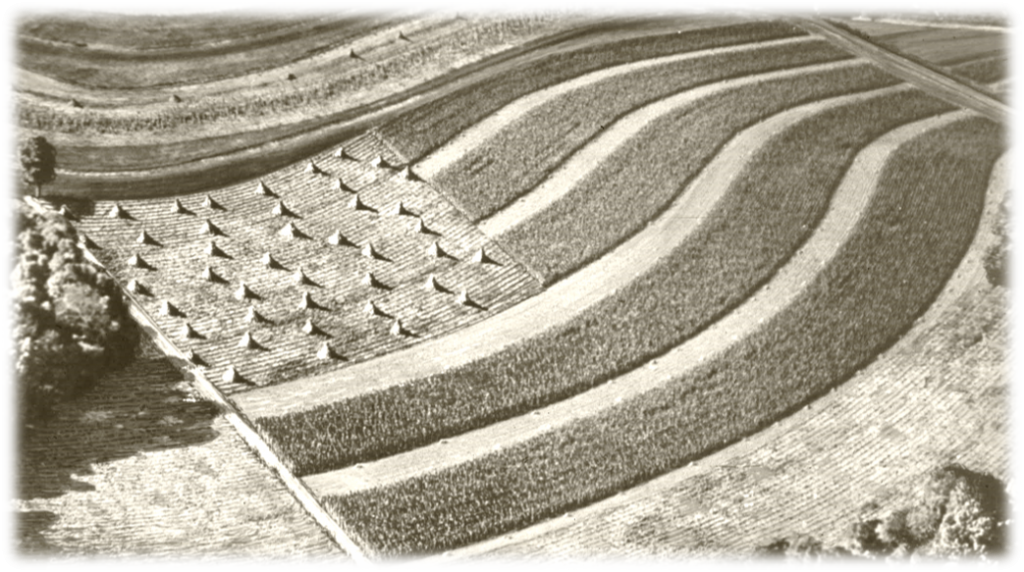Welcome back to another edition of Blogging BMP’s. As a conservationist here in Elkhart County, I find myself wading through the proverbial weeds of environmental practices, both common and uncommon, on a regular basis. Our purpose here at the SWCD has been educating our community on the various subjects that tend to go hand in hand with being better stewards of our land since 1941. This includes everything from engaging with elementary school children on the benefits of earthworms, walking pasture ground with local farmers encouraging rotational grazing, to more recently, presenting a virtual presentation on the benefits of cover crops to a national audience. Needless to say, the Soil and Water Conservation District has evolved in it’s approach to conservation in the last 80 years.
With all of the evolution that has taken place over the years, there have been a lot of Best Management Practices that have come and gone based on the needs of land owners and the well-being of the community as a whole. In the past, the solution to all of our water problems typically ran down a pipe and into our waterways causing heavy erosion on the stream and river banks. As long as our homes and businesses were not flooding, all was good. As more homes and businesses moved in, the pipes grew larger and stretched further inland. Fast forward to 2021 and the way we approach stormwater is somewhat different. Although many of the pipes that were once the solution remain, we have added preventative measures to “pre-treat” the water or to supplement our water storage needs.
The point I am making here is that the BMPs put in place years ago are still necessary, but now they require supplemental forms of treatment to ensure we protect our most valuable resource, water. It’s not too different from our energy resources. We will inevitably rely on fuels to power our vehicles and warm our homes, but hydroelectric dams, wind turbines, and solar panels do a decent job of supplementing those needs. Just like the people looking for newer and cleaner sources of energy, we are looking for less expensive, more efficient ways of capturing stormwater and preventing erosion to ensure Elkhart County remains healthy and beautiful as it expands and evolves. The November issue of Grass Roots will not have a blogging BMP’s article, so I will take this opportunity for yet another shameless plug. In December we will be offering our bi-annual stormwater calendar and this year it will focus on green infrastructure and water health. This calendar will be filled with some of those supplemental treatments I discussed earlier so tune into our Facebook and website for dates and locations you can get your hands on a copy. I tried to come up with a calendar pun but they were all to week and dated.
